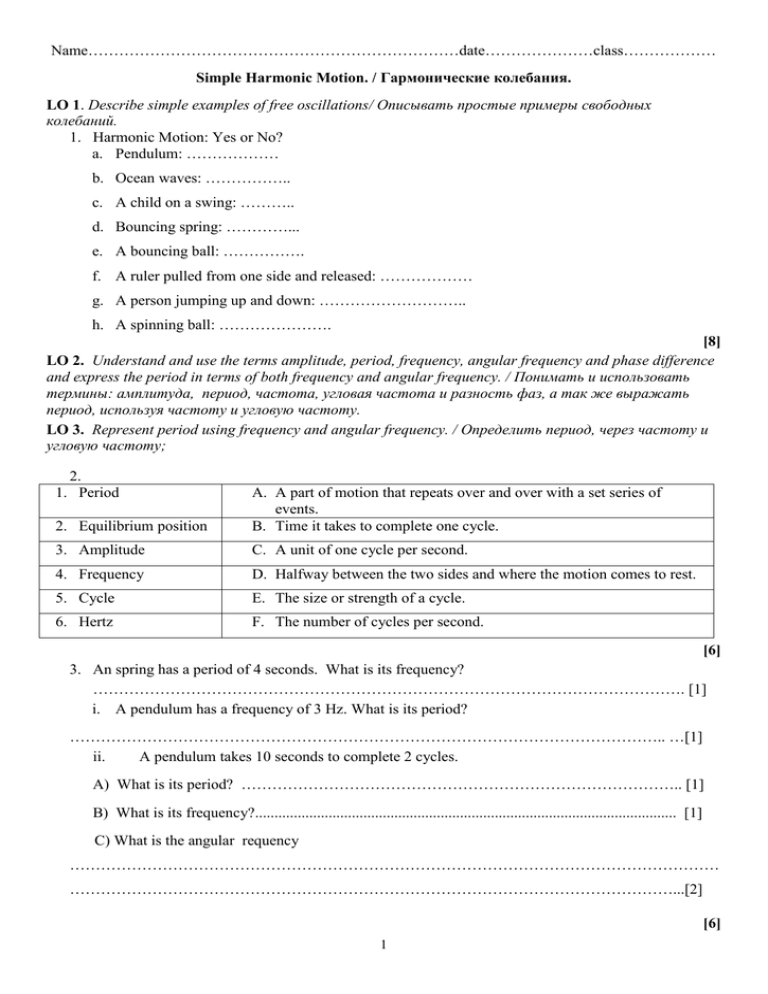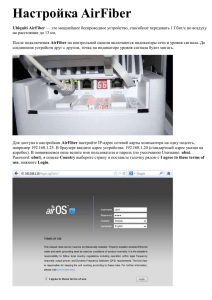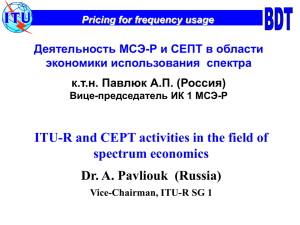Name………………………………………………………………date
advertisement

Name………………………………………………………………date…………………class……………… Simple Harmonic Motion. / Гармонические колебания. LO 1. Describe simple examples of free oscillations/ Описывать простые примеры свободных колебаний. 1. Harmonic Motion: Yes or No? a. Pendulum: ……………… b. Ocean waves: …………….. c. A child on a swing: ……….. d. Bouncing spring: …………... e. A bouncing ball: ……………. f. A ruler pulled from one side and released: ……………… g. A person jumping up and down: ……………………….. h. A spinning ball: …………………. [8] LO 2. Understand and use the terms amplitude, period, frequency, angular frequency and phase difference and express the period in terms of both frequency and angular frequency. / Понимать и использовать термины: амплитуда, период, частота, угловая частота и разность фаз, а так же выражать период, используя частоту и угловую частоту. LO 3. Represent period using frequency and angular frequency. / Определить период, через частоту и угловую частоту; 2. 1. Period 2. Equilibrium position A. A part of motion that repeats over and over with a set series of events. B. Time it takes to complete one cycle. 3. Amplitude C. A unit of one cycle per second. 4. Frequency D. Halfway between the two sides and where the motion comes to rest. 5. Cycle E. The size or strength of a cycle. 6. Hertz F. The number of cycles per second. [6] 3. An spring has a period of 4 seconds. What is its frequency? ……………………………………………………………………………………………………. [1] i. A pendulum has a frequency of 3 Hz. What is its period? …………………………………………………………………………………………………….. …[1] ii. A pendulum takes 10 seconds to complete 2 cycles. A) What is its period? ………………………………………………………………………….. [1] B) What is its frequency?............................................................................................................. [1] С) What is the angular requency ……………………………………………………………………………………………………………… ………………………………………………………………………………………………………...[2] [6] 1 LO 4. Describe, with graphical illustrations, the changes in displacement./ Описывать изменения координаты, скорости и ускорения во время простого гармонического движения с помощью графиков. 4. Use Graph 1 to answer the following: A. Amplitude = ………………….. [1] B. № of cycle in 1 second? ………..[1] C. Calculate the frequency shown on Graph 1. ………………………..[1] D. Calculate the period shown on Graph 1. ………………………..[1] E. What is the maximum speed? ………………………………………………………………………………………………… ……………………………………………………………………………………………….[2] F. What is the maximum acceleration? ………………………………………………………………………………………………….. .................................................................................................................................................[2] [8] 5. A 0,5−kg particle moves as function of time as follows: x = 0,6*sin(8πt) where distance is measured in metres and time in seconds. (a) What is the i. Amplitude ………………………………………………………………………[1] ii. frequency ……………………………………………………………………….[1] iii. angular frequency……………………………………………………………….[1] iv. period of this motion? ……………………………………………………….…[1] (b) What is the equation of the velocity of this particle? ……………………………………………………………………………………………… ………………………………………………………………………………………….[1] (c) What is the equation of the acceleration of this particle? ……………………………………………………………………………………………… …………………………………………………………………………………………[1] (d) What is the spring constant? ……………………………………………………………………………………………… ……………………………………………………………………………………………… …………………………………………………………………………………………[2] (e) Draw the graphs of these equations. 2 [9] [17] 3 3 3 3 Ответы к карточке. 1. a) Маятник да b) Волна океана да c) Ребенок на качелях да d) Отскок пружины нет e) Прыгающий мяч да f) Линейка, отпущенная с одной стороны да g) Прыгающий вверх-вниз человек да h) Вращающийся шар да 2. 7. Период В. Время одного полного цикла 8. Точка D. На половине расстояния от равновеси максимального отклонения я 9. Амплитуд Е. Максимальное отклонение. а 10. Частота F. Количество циклов в секунду 11. Цикл А. Часть движения, многократно повторяющаяся 12. Герц С. Единица измерения частоты 3. f=1/T=1/4 s=0.25 Hz i. T=1/f=1/3 Hz=0.3 s ii. A) T=t/n=10 s/2=5 s B) f=n/t=0.2 Hz C) ω=2πf=6.28*0.2 Hz=1.26 rad/s 4. a) b) c) d) A= 3 m 4 f=4/1 s=4 Hz 1/T= 1/ 4 Hz= 0.25 s e) Vmax=A*ω=A*2π*f=6.28*3 m*4 Hz=75.36 m/s amax=A*ω2= A*4π2*f2=40*3 m*16 Hz2=1920 m/s2 f) 5. a) A= 0.6 m f=ω/2π=8π/2π=4 Hz 8π rad/s T=1/f=0.25 s b) V=15 cos 8πt c) a=-386.6 sin 8πt k d) 𝜔 = √m, 𝑘 = 𝑚 × 𝜔2 = 0.5 𝑘𝑔 × (8 × 3.14 𝑟𝑎𝑑 2 𝑠 ) = 315.5 e) 4 𝑁 𝑚 5

